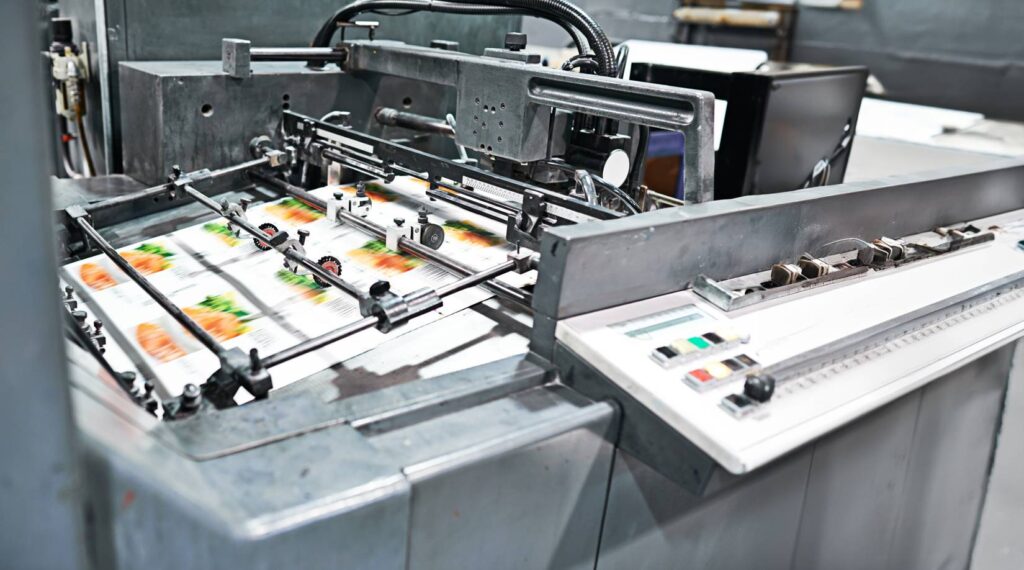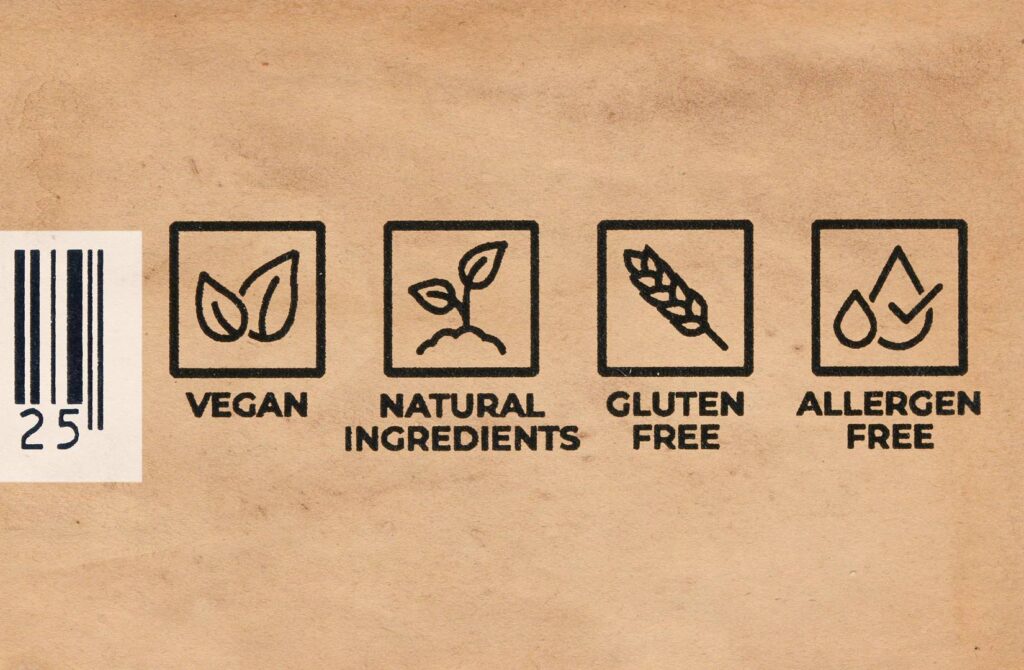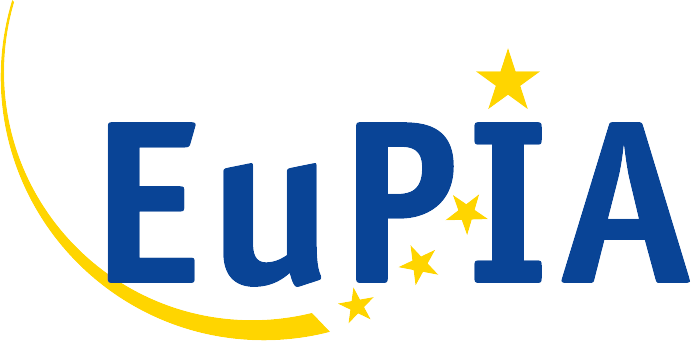What are printing inks?
Printing inks are:
a) Mixtures of colourants with other substances which are applied on materials to form a graphic or decorative design together with or without
b) Other coloured or uncoloured overprint varnishes/ coatings or primers which are normally applied in combination with a) in order to enable the printed design to achieve specific functions such as ink adhesion, rub resistance, gloss, slip/friction, durability, etc. Printing inks do not include coatings which are applied with the prime objective of enabling the material or article to achieve a technical function such as heat sealing, barrier, corrosion resistance etc., as opposed to a graphic effect, even though they may be coloured.
The true value of printing inks
Take a look around you. What do you see? That latest lunchtime shopping purchase waiting to be opened. That beautiful wallpaper you spent hours choosing. The latest novel you’re reading, your children’s school books. Your lunch bag, a coffee-to-go mug, a carton of fruit juice, a chocolate bar. All the bright, colourful things in life depend on it…
Ink – the most important medium of communication, education and decoration in our society.

Inks deliver social value ...
Inks and the clear varnishes and coatings that are used to protect printed images have to deal with a variety of conditions and requirements. We need ink to print on many different substrates: paper or cardboard, plastic films or rolls, vinyls, textiles, metals, wood or even glass. Whatever the substrate, the ink might have to withstand extreme temperatures, humidity and weather conditions. In some circumstances, inks should not rub off, in others they should deliberately come off. In special applications, ink conducts electricity, changes colour depending on temperature and helps protect against counterfeit and fraud. In the end, the integrity of the printed image must always remain intact, as it is there to serve a purpose. On food packaging for example, it displays dietary information, or storage and handling instructions, which can reduce the waste of produce. Ink educates, informs and updates us on world events or warns us of danger. Ink also helps us to make choices: which products to buy, what direction to travel to, what message to send our loved ones. In its most amazing role, it colours our lives and enhances a beautiful world for us to live in.
... and economic value
With more than 80 printing ink manufacturers, employing some 12,000 people across Europe, it’s easy to see why printing ink is not only a vital medium for communication and education, but also a key contributor to the European economy.
In Europe, some 700,000 million tonnes of inks and coatings, worth some €3 billion are used by printers of all kinds of products every year.
Those are just the numbers, but think about it from another angle: almost every product we buy in supermarkets or other retail outlets comes in some kind of printed packaging. Specialized market reporting companies see the package printing market growing, and between 2024 and 2029, the growth rate might reach 3% in value terms.
Add to that the revenues generated by other printed materials: newspapers and magazines advertising income, book sales or cardboard packaging boxes used to ship your goods, and you realise that ink is a vital component of multibillion-euro businesses, indirectly employing millions of European workers.
For all these reasons, inks and coatings that protect, educate and enhance the lives of every one of us should not be taken for granted, but should be celebrated and enjoyed.
Could you imagine a world without colour – a world without ink?

Printing inks are tailor-made products
Printing inks are tailor-made products developed to meet specific print technology and end-user demands. In order to serve those demands, today there are more than 1 million individual ink formulations in use across Europe.
These formulations are applied in all the different printing and/or coating processes, such as flexography, gravure, offset, screen, or digital, and, depending on the process, they can be solvent-borne, water-borne, oleo-resinous or energy-curing (UV or electron beam) mixtures. Since one single formulation can never meet all the possible technological and end-use requirements, the manufacturers have formulated solutions to almost every known requirement of an ink.
Printing inks are complex mixtures of substances
Printing inks, coatings and varnishes are mixtures manufactured from combinations of colourants (pigments, dyes), binders, solvents and additives.
A broad raw material base is vital for this wide variety of formulations, and this is especially true for the additives, which, although they are used in comparatively small quantities, are essential for the ink to meet its required converting characteristics. It is in this area that the specific know-how and intellectual property of individual ink manufacturers lie.
The raw materials may be single chemical substances, but are more likely mixtures of a number of different substances, which results in inks typically containing between 20 and 60 unique chemical compounds.
Printing inks are NOT toxic
When correctly used for their intended purpose, printing inks do not place workers or consumers at risk.
Whenever unacceptable human or environmental risks are identified, action is taken by the ink industry, including the voluntary removal or substitution of the hazardous substances, often well before any comparable regulatory initiatives come into effect.
Toxic raw materials are not used at all. This principle is laid down in the EuPIA Exclusion Policy for printing inks and related products. It encompasses all types of printing inks for all types of printing processes.

Printing inks for food contact materials are formulated so that the converter is able to meet legal obligations, and this is ensured by a variety of measures including:
- Targeted selection of raw materials,
- Controlled manufacture according to GMP standards,
- Specific and relevant information given to the converter.
All EuPIA members manufacturing inks for food contact materials have signed a voluntarily Compliance commitment.
In order to distinguish printing inks and coatings from functional coatings, a dedicated paper provides a comprehensive overview of what are functional coatings and how they interlink or not with printing inks.
